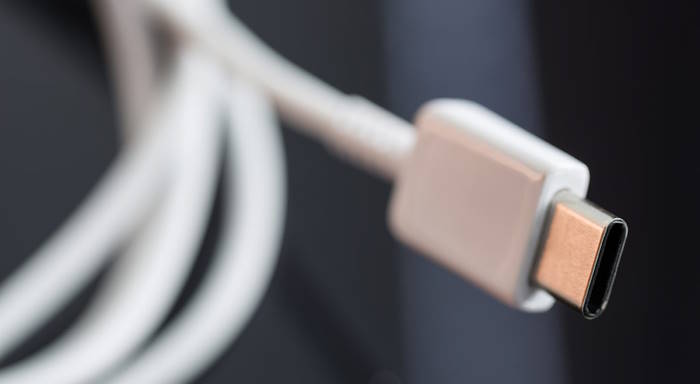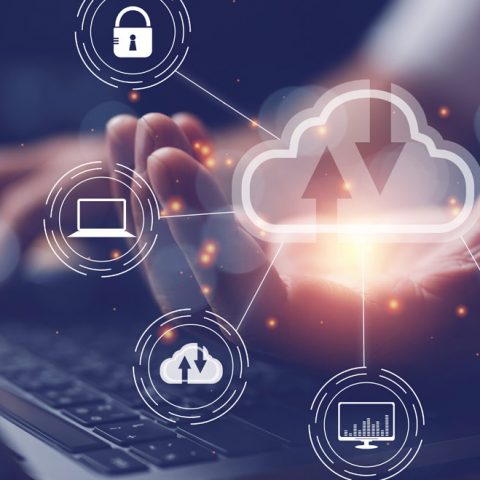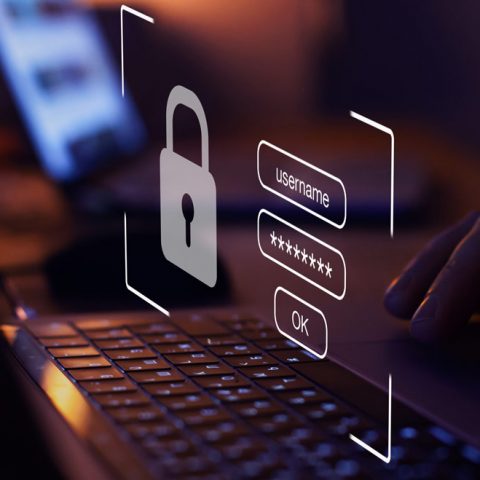At this point you just need to be aware it will effect available connections on new equipment.
For most users, the move to USB Type C will be a positive, because it will offer simpler peripheral connection while ultimately reducing costs. The process of migration may cause issues, but with a bit of forward planning you should be able to avoid the worst problems and sort your way through the hype to come. USB Type C promises to further simplify the market by creating a single connection standard for peripheral devices, displays, and power connections.
The complication is that there are multiple device connections that use the same physical connector—and not all of them are compatible.
Here’s the secret: If you start buying equipment and peripherals now, make sure that you’re buying products with the most up-to-date version of USB Type C.
Issues occur when you try to incorporate older devices into newer systems without educating users and staff. Keep your systems up to date and educate your users on the necessity of having any legacy devices checked out by IT Masters staff before being connected to a NEW workstation and you won’t have any problems.
Newer laptops equipped with USB Type C will allow you to have:
- External displays that can easily be re-deployed across every device you procure.
- Printers, input devices, two-factor authentication scanners, and other peripherals that work across your entire hardware structure.
- Auxiliary batteries that can work for both laptops and mobile devices.
The days of having to keep separate peripheral inventories for each device type you use are coming to an end. Your transition to the new peripheral USB Type C connection will be as smooth and cost-effective, if you follow three simple steps:
- Buy the right equipment.
- Educate your users.
- Make sure that legacy peripherals are kept to limited applications with careful use instructions.
Need advice on new IT projects? Want tips for speeding up your network?
Call IT Masters now on (07) 3333 2228 or email info@itmasters.net.au.


